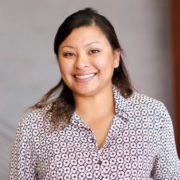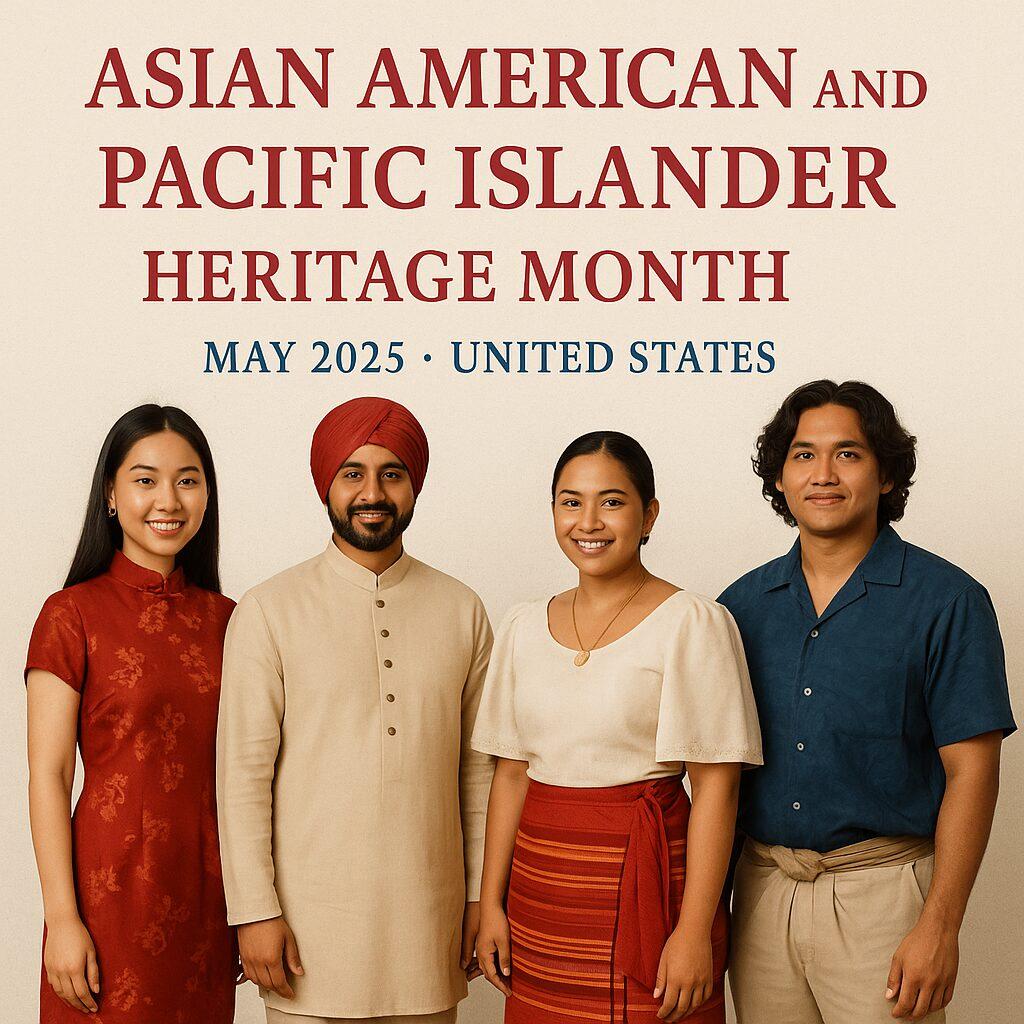WHEN it comes to bioscience, the state universities that flank downtown Los Angeles—Cal State LA to the east and UCLA in the west—are teaming up.
A new training program between the two schools will provide recently graduated UCLA doctoral students doing postdoctoral research with experience in integrating lab work with innovative teaching in the fields of science, technology, engineering and mathematics, commonly referred to as STEM, by having them teach at Cal State LA.
“Our combined UCLA/Cal State LA program will train a new generation of diverse, postdoctoral fellows in innovative teaching methods enabling them to become professors and more effectively educate under-represented college students,” said Michael Carey, the program’s co-director and a professor of biological chemistry at UCLA. “In turn, we will empower those students to enter the California and national workforce, where they can apply state-of-the-art approaches to contemporary problems in biomedical science.”
The partnership, which unites UCLA’s research prowess with Cal State LA’s strength in teaching, is funded by a five-year, $2.8 million Institutional Research and Academic Career Development Award (IRACDA) from the National Institutes of Health. Tracy Johnson, UCLA professor of molecular, cell and developmental biology, is the program’s other co-director.
The UCLA component, UCLA Postdocs Longitudinal Investment in Faculty Training, goes by the acronym UPLIFT. These fellowships, as well as comparable IRACDA-funded programs, are unconventional in research-oriented environments, where postdocs are rarely required to teach. Nonetheless, many postdocs soon find themselves competing for faculty jobs that require teaching experience. In part to remedy the situation, the UPLIFT program will provide awardees three years of support in exchange for devoting 25 percent of their work time to teaching under experienced professors at Cal State LA. The rest will be spent in labs at UCLA.
In year one, awardees will begin the first phase of teacher training through UCLA’s Center for Education Innovation and Learning in the Sciences, a resource for scientists interested in becoming teachers. “UPLIFT fellows will be trained to engage in validated teaching practices that promote student learning, create inclusive classrooms, and help retain diverse students in STEM majors,” said Erin Sanders, director of the center. By year two, postdocs will be assigned Cal State LA professors as mentors and a classroom teaching assignment.
Jamil Momand, Paul Narguizian and Katrina Go Yamazaki are the faculty mentors for the UCLA postdocs who will learn about teaching at Cal State LA. Robert Nissen, current chair of the Department of Biological Sciences, is the advisor for the program at Cal State LA. Nancy McQueen is a member of the program’s advisory board.
Other California institutions previously awarded IRACDA funding include UC San Diego, Stanford and UC San Francisco, all of which partnered with local colleges. UCSD’s partner is Cal State San Diego, where Yamazaki, a former UCSD postdoc engaged in cardiovascular research, gained first-hand teaching experience five years ago. Yamazaki is now an associate professor of biological sciences at Cal State LA.
“There is a growing interest among postdoctoral students in moving toward academic settings like state colleges or city colleges with heavy emphasis on teaching,” said Yamazaki, who coordinates the Cal State LA part of the UCLA/Cal State LA partnership. “Getting this kind of experience helps set postdocs apart from their peers and makes them stronger candidates.”
It may also serve as a reality check. Many young researchers working at prestigious, research-centric institutions have had the luxury of devoting themselves full-time to lab work. In fact, some may not be able to fathom having to juggle research with employment.
“At Cal State LA, we have a diverse student population that includes a large [Latino] population,” Yamazaki said. “School is not their only occupation; many have full time jobs. Our goal is to train instructors in science how to reach that population.”
Reaching students who by default dismiss science as a career possibility is also a goal of policymakers focused on STEM fields. In 2012, the President’s Council of Advisors on Science and Technology called for a 33 percent increase in the number of STEM bachelor’s degrees yearly and, as a means to that end, recommended adoption of creative, less conventional teaching practices. Those policies favored what are called “active learning strategies” over courses taught by traditional lecture formats, which are falling increasingly out of favor.
“A goal of the UPLIFT program is to create a new generation of college teachers with both postdoctoral experience in research and skill in innovative teaching methods that effectively educate a larger population of college students and retain underrepresented students, who in the past might have dropped out of the biosciences,” Carey said.
The UPLIFT program is now accepting applications from any UCLA postdoc keen to conduct research and teach, and individuals from groups traditionally underrepresented in biomedicine are particularly encouraged. By year two, awardees should prepare for a commute, as they divide time between teaching at Cal State LA and lab work across town. In addition to NIH IRACDA support, UPLIFT has received supplementary funding from the David Geffen School of Medicine at UCLA.






